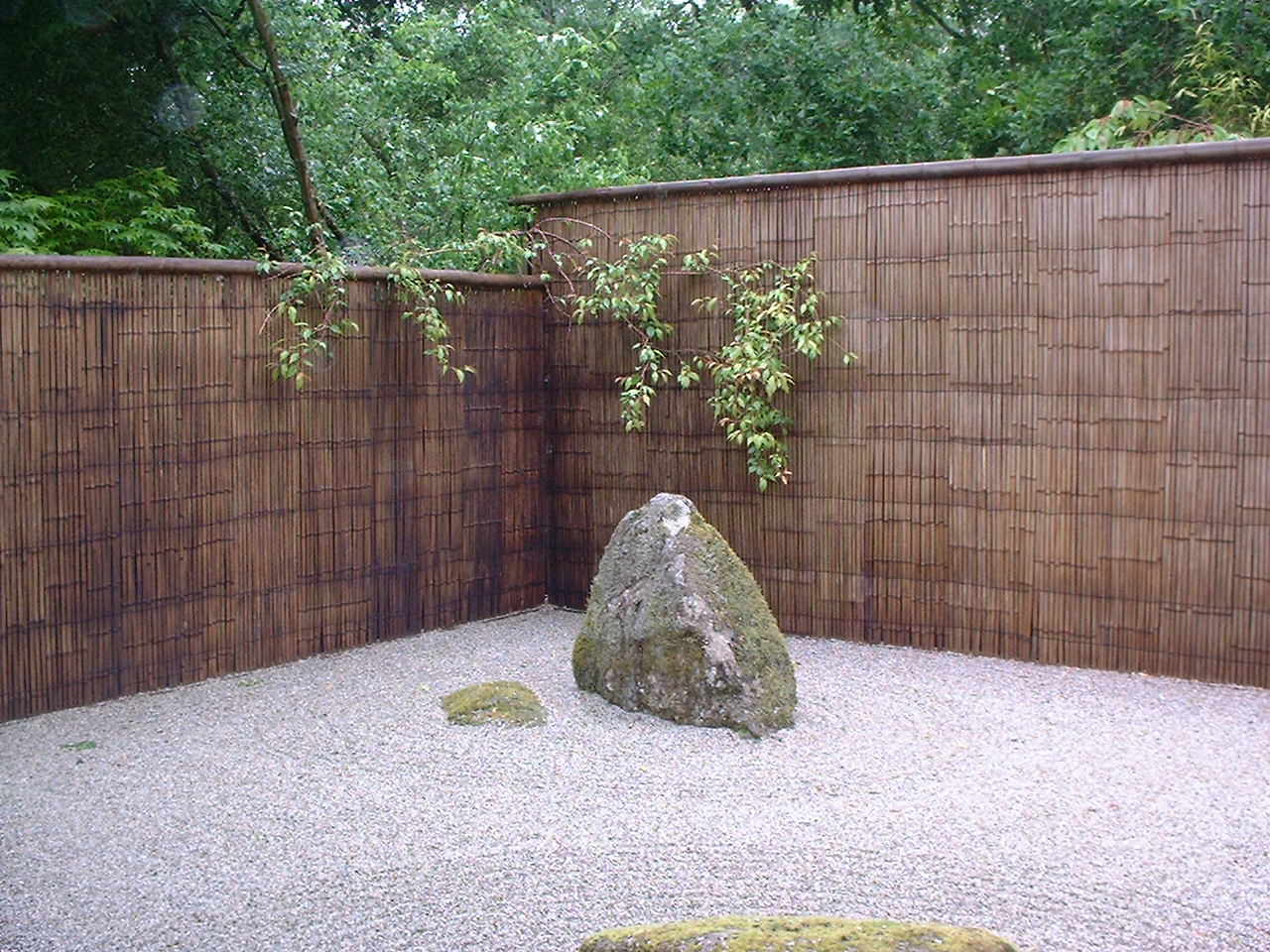Like the majority of gardens, to counteract the softness of grass, flowers and shrubs, there has to be hard areas, parts of the garden that contain paths, patios, walls, and suchlike. The same goes for the Zen Garden. All Japanese gardens contain stones, special, dynamic stones that visitors can focus on. The larger the stones the more energy they have in and around them. They become the focus of attention and dominate the view. Very large stones are usually expensive but if you want an authentic type of Japanese garden, they are worth it, as once set, they will not break, crack or wear out, they are set for life. Obviously, large, feature-rocks will be of natural stone, and positioning them in the right place is important, so before you set them down in your garden you need to study the stone, so that the view of it, from where you would usually sit or stand, is the sight you will gain most composure from. You certainly don’t want to have to try to move or re-set very large stones for obvious reasons. So, make sure you get the positioning of the stone right first time. If you cannot afford one large stone, three smaller stones should suffice, but they will take some work arranging them close together in a bid to get the same or similar affect as one large stone. Try to avoid the temptation to purchase and setting large stones in other areas of your new garden, as you only need one dominant, masculine type of stone, you do not need a ‘gang’ of stones, as the major stone could lose some of its attraction. Large stones are very seldom laid on grass areas, they are usually surrounded by sand, that can be laid easily and raked in lines giving a wave effect. If laying sand, you will probably need to lay some material on the earth first to prevent weeds and grass growing through the sand.

Leave a Reply